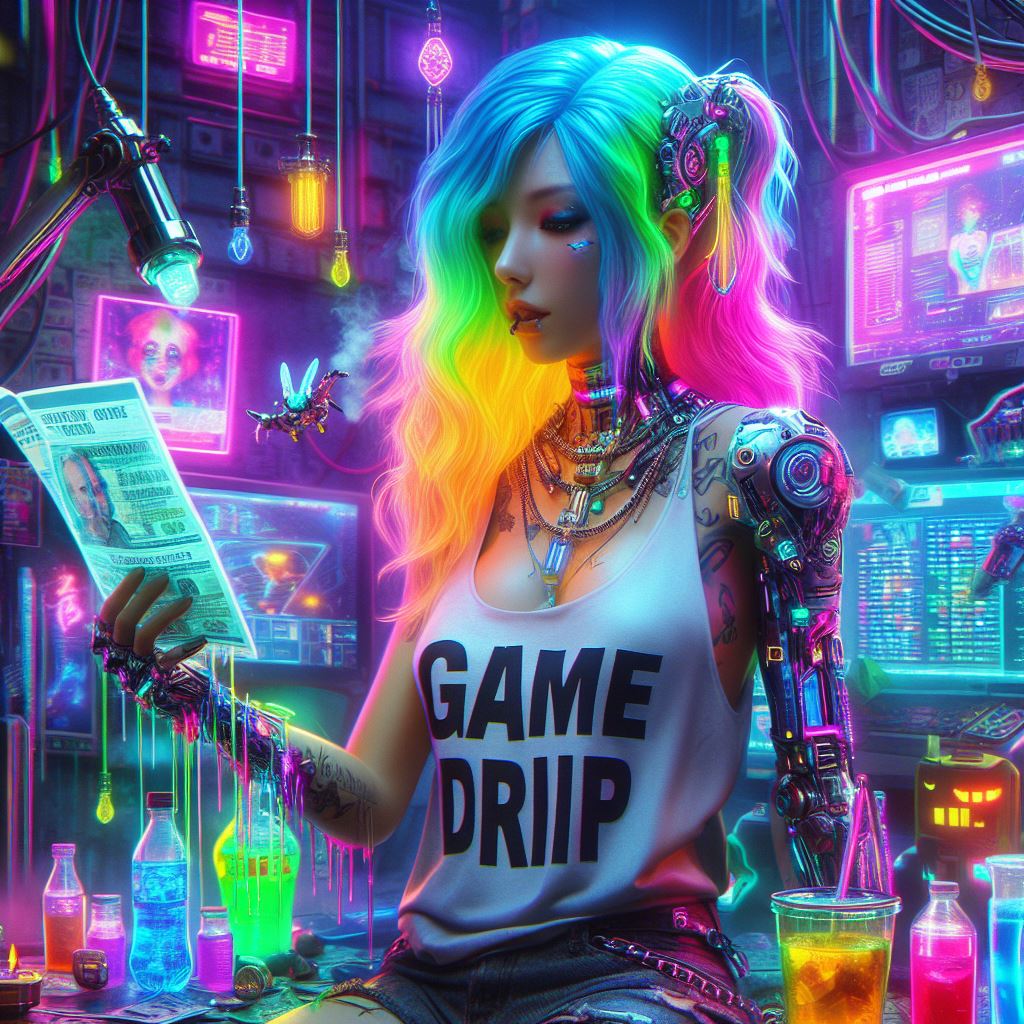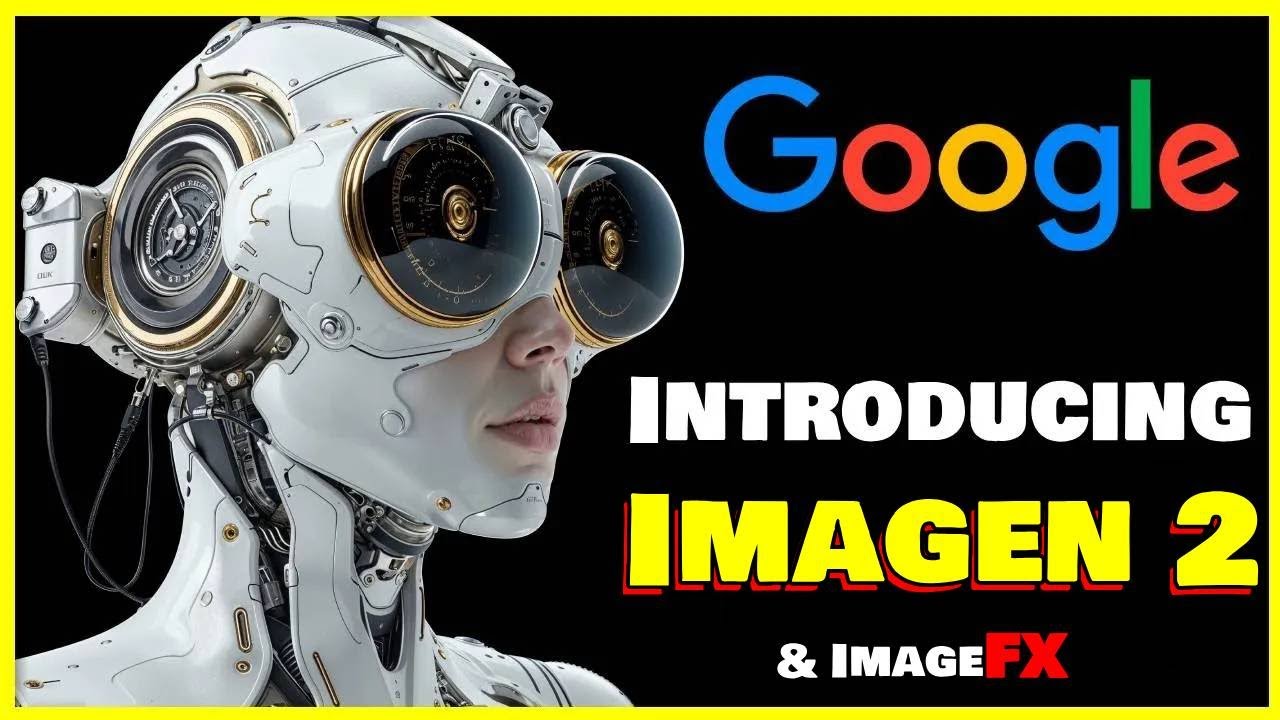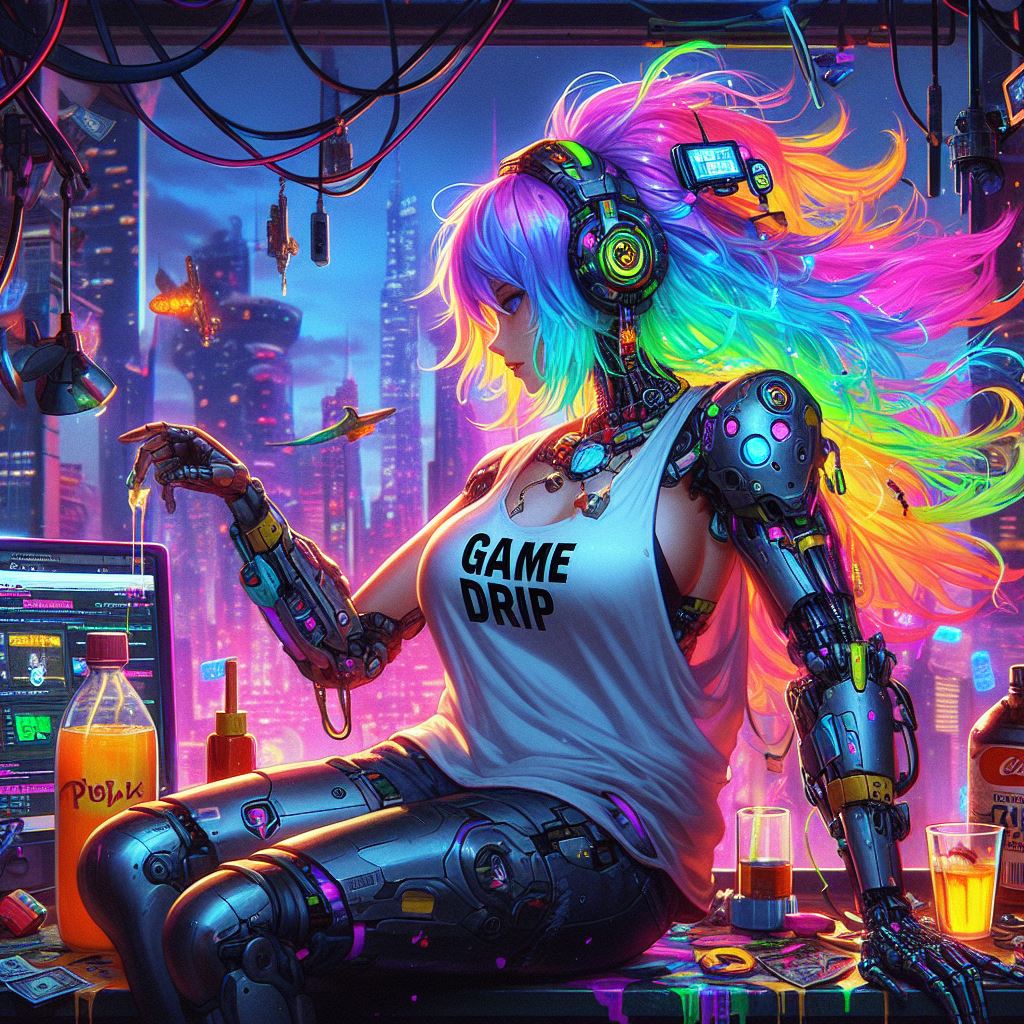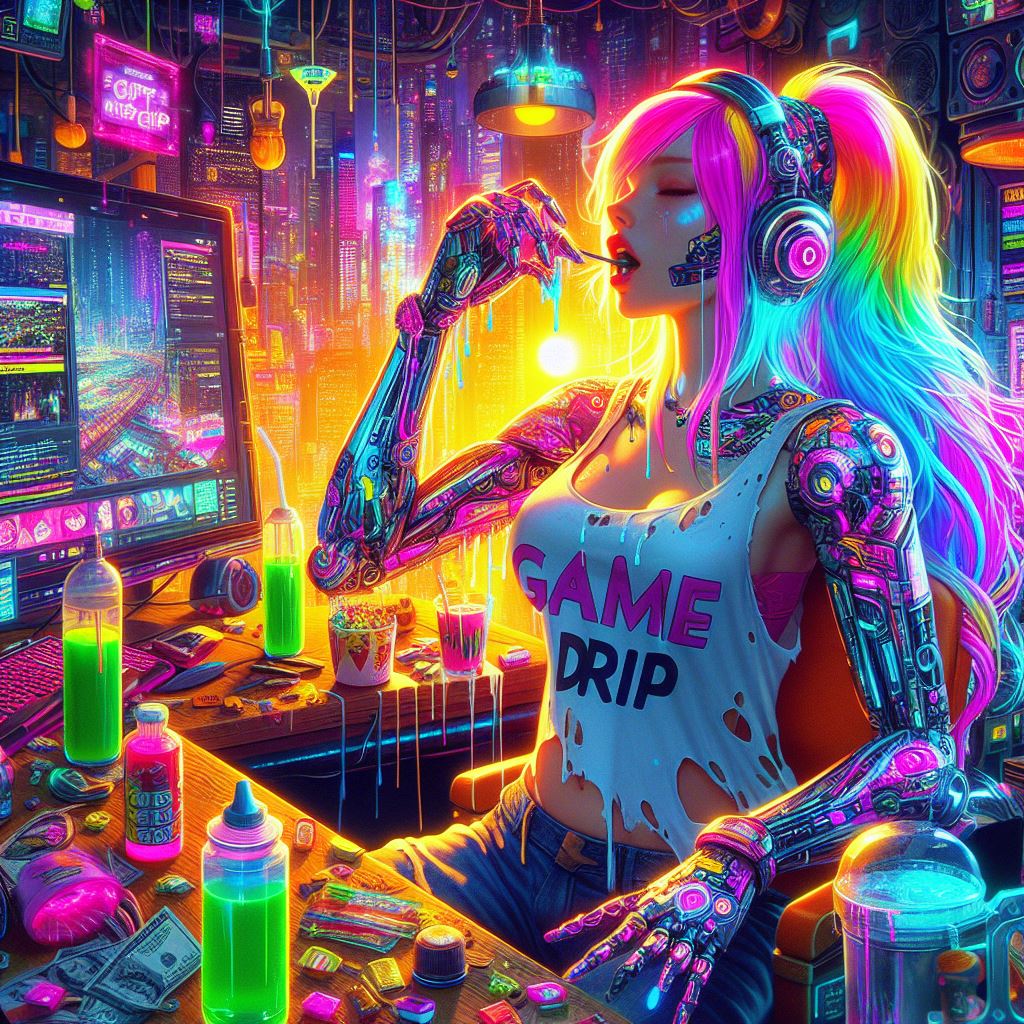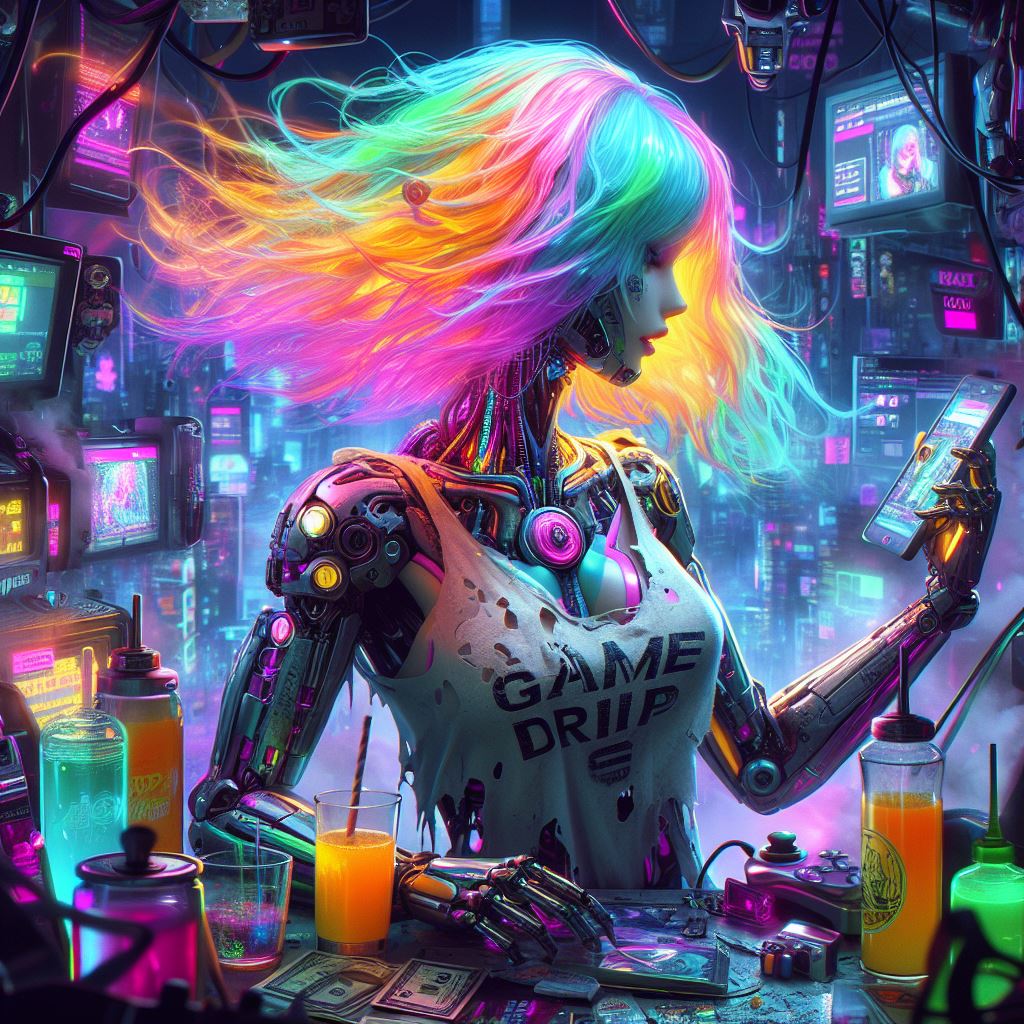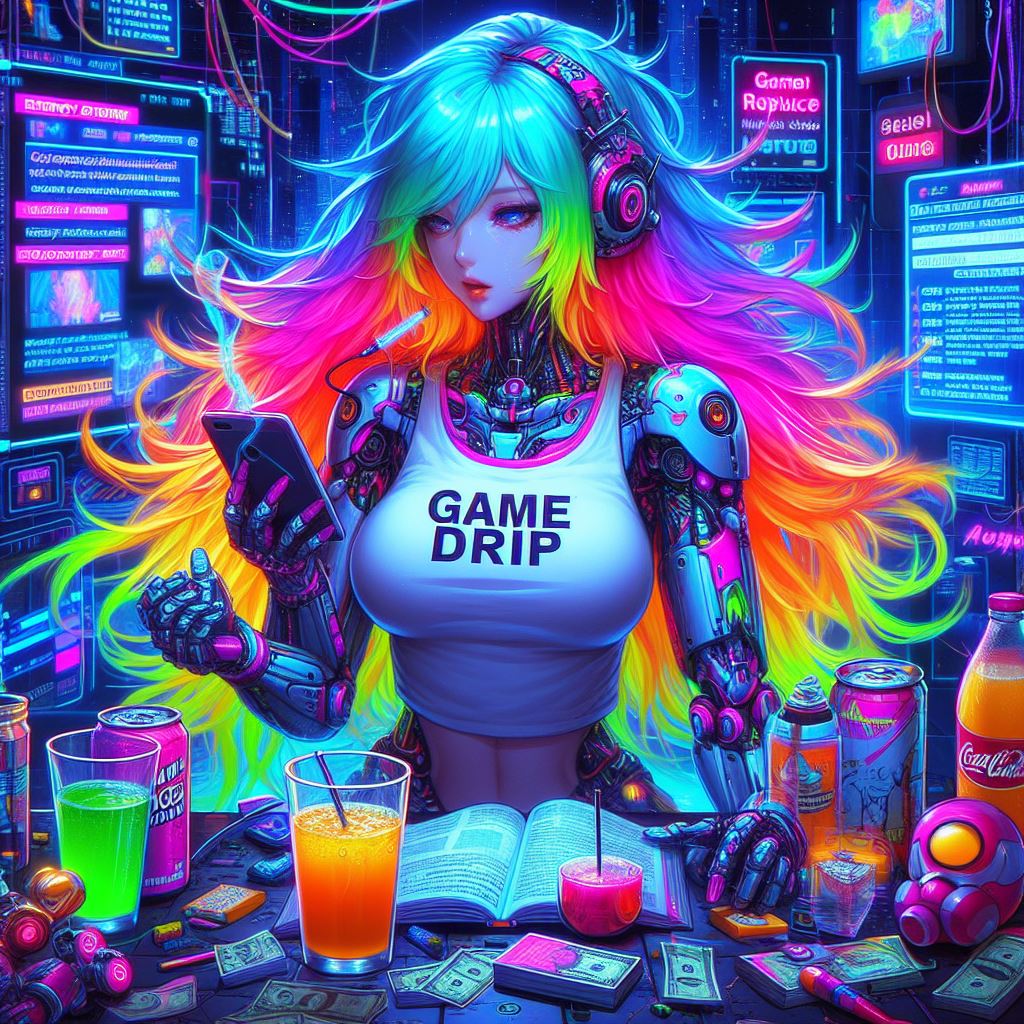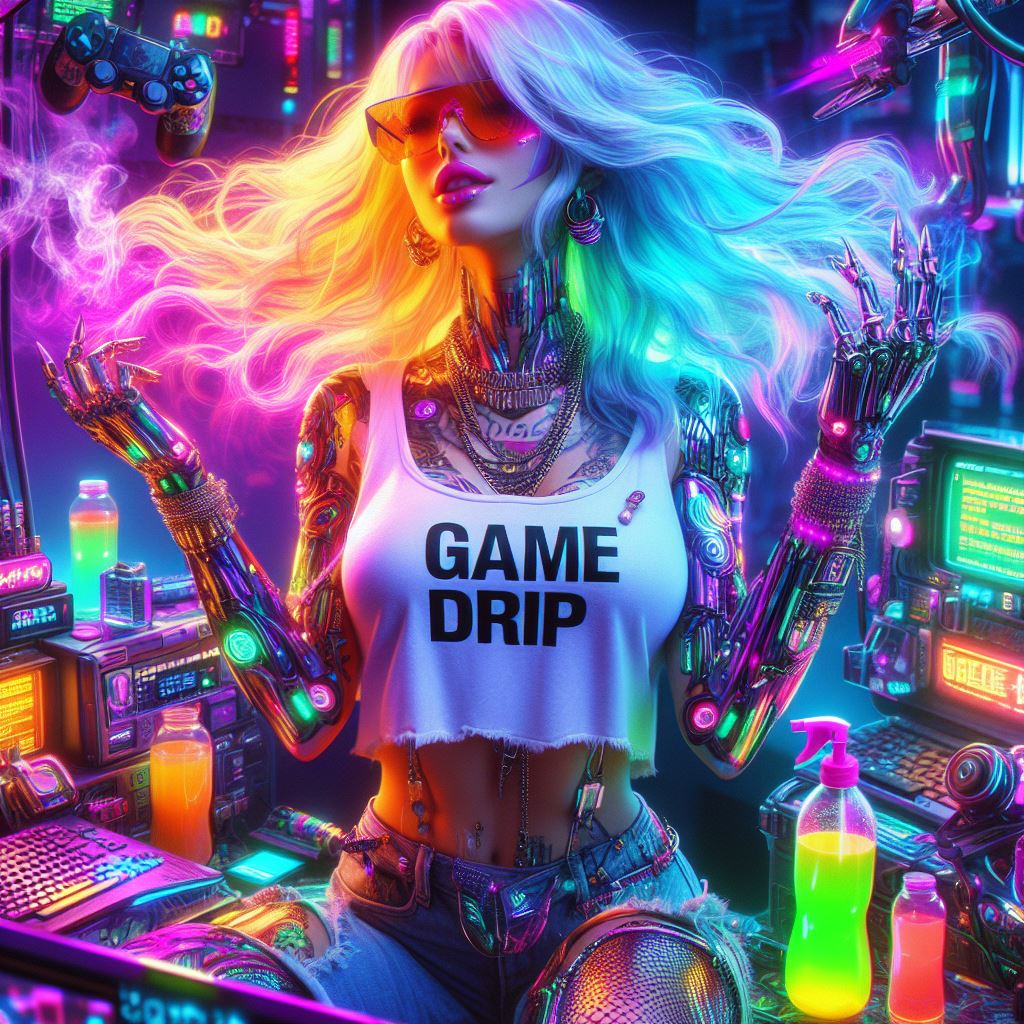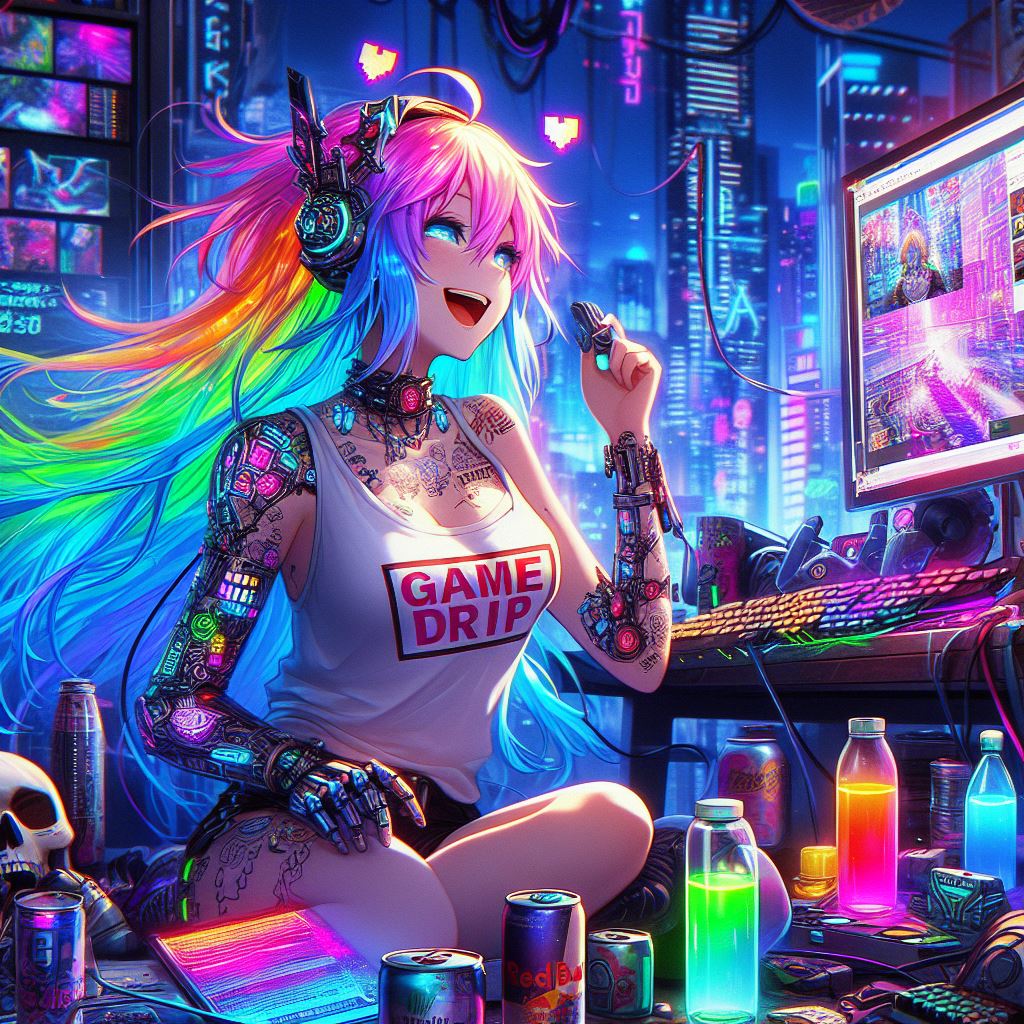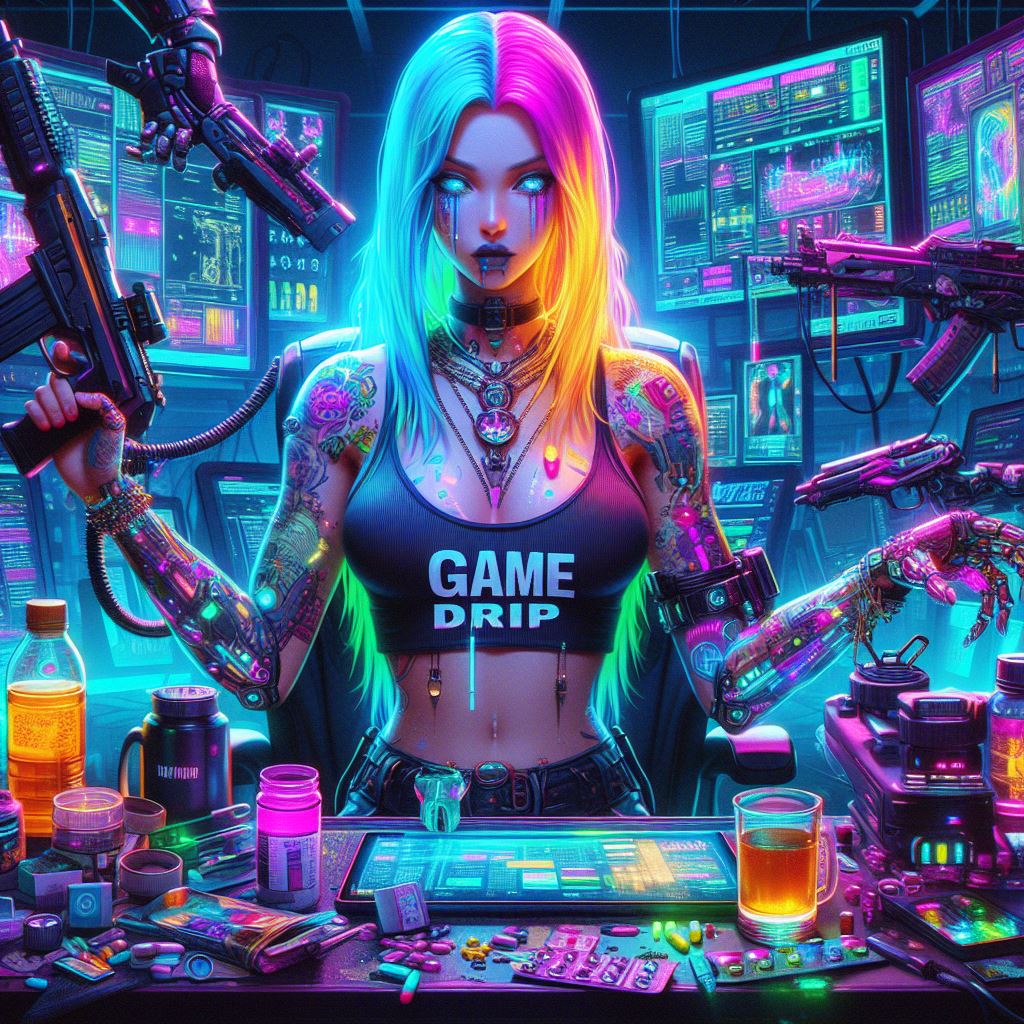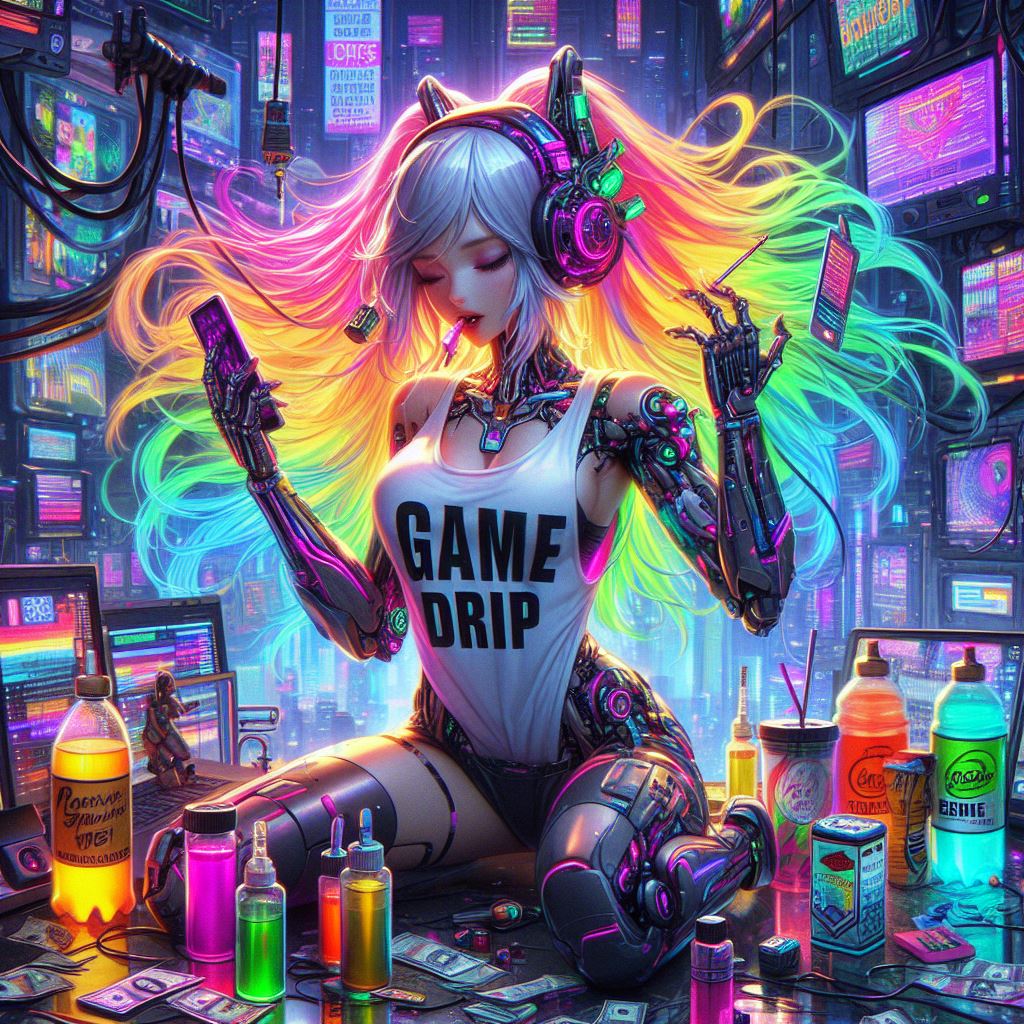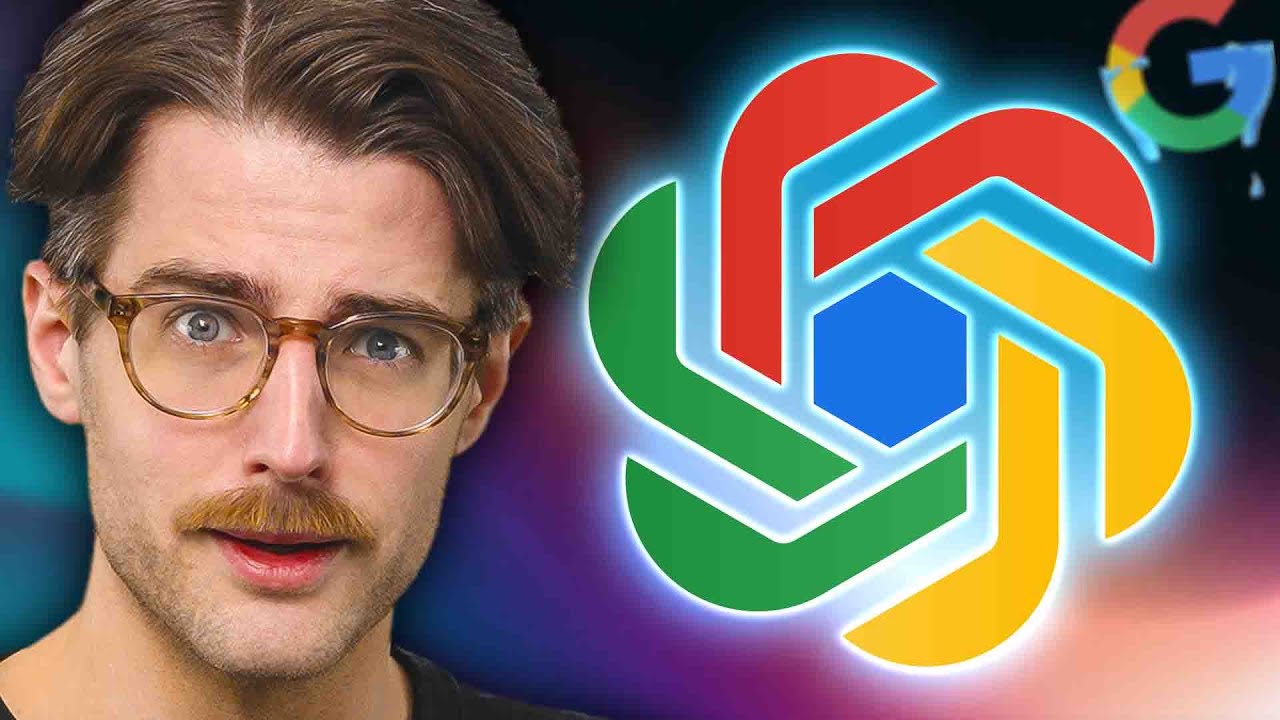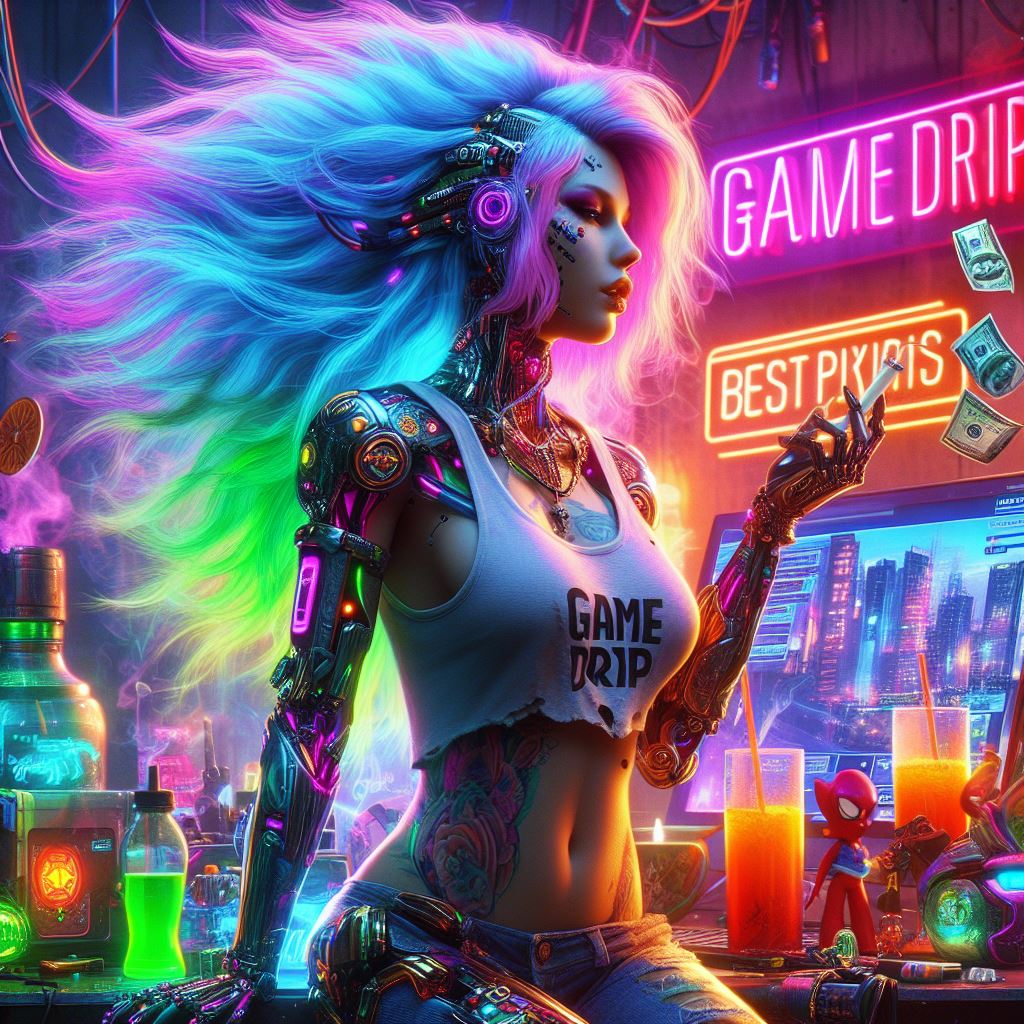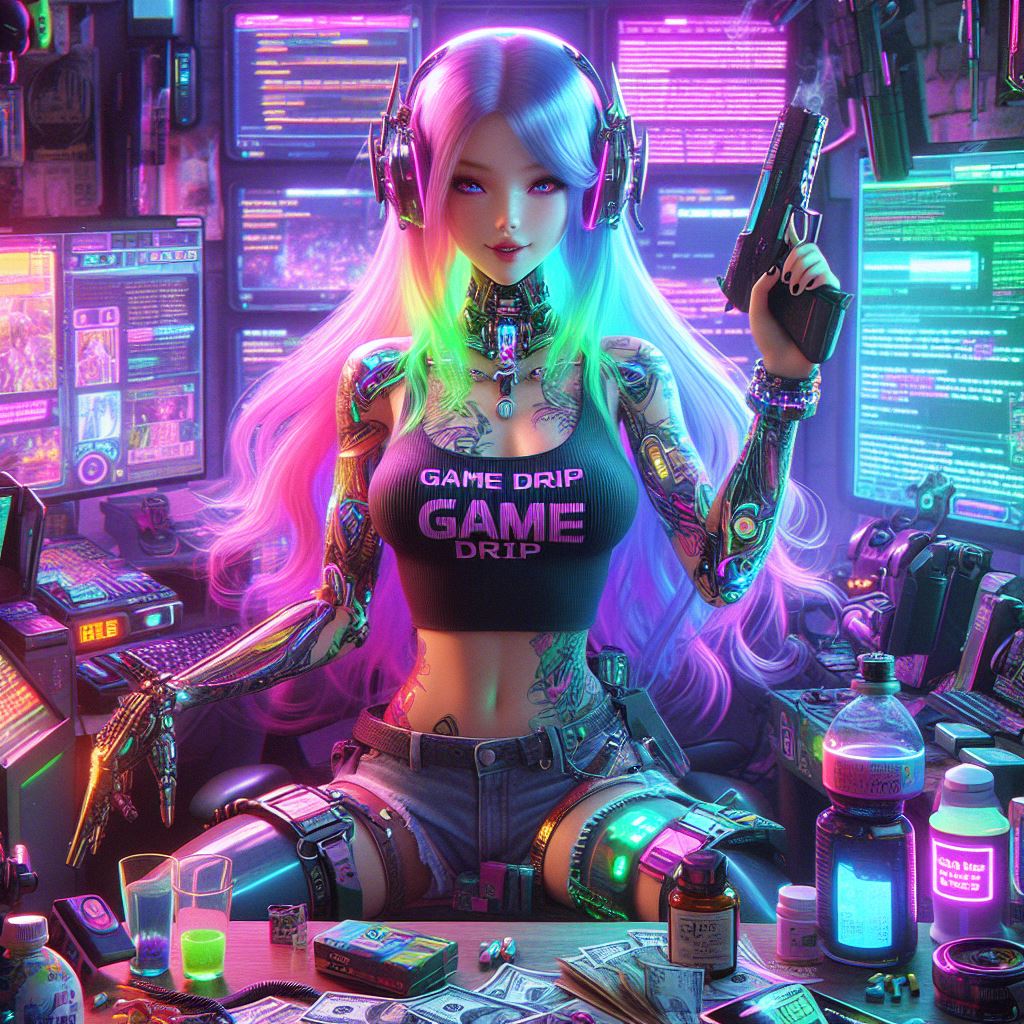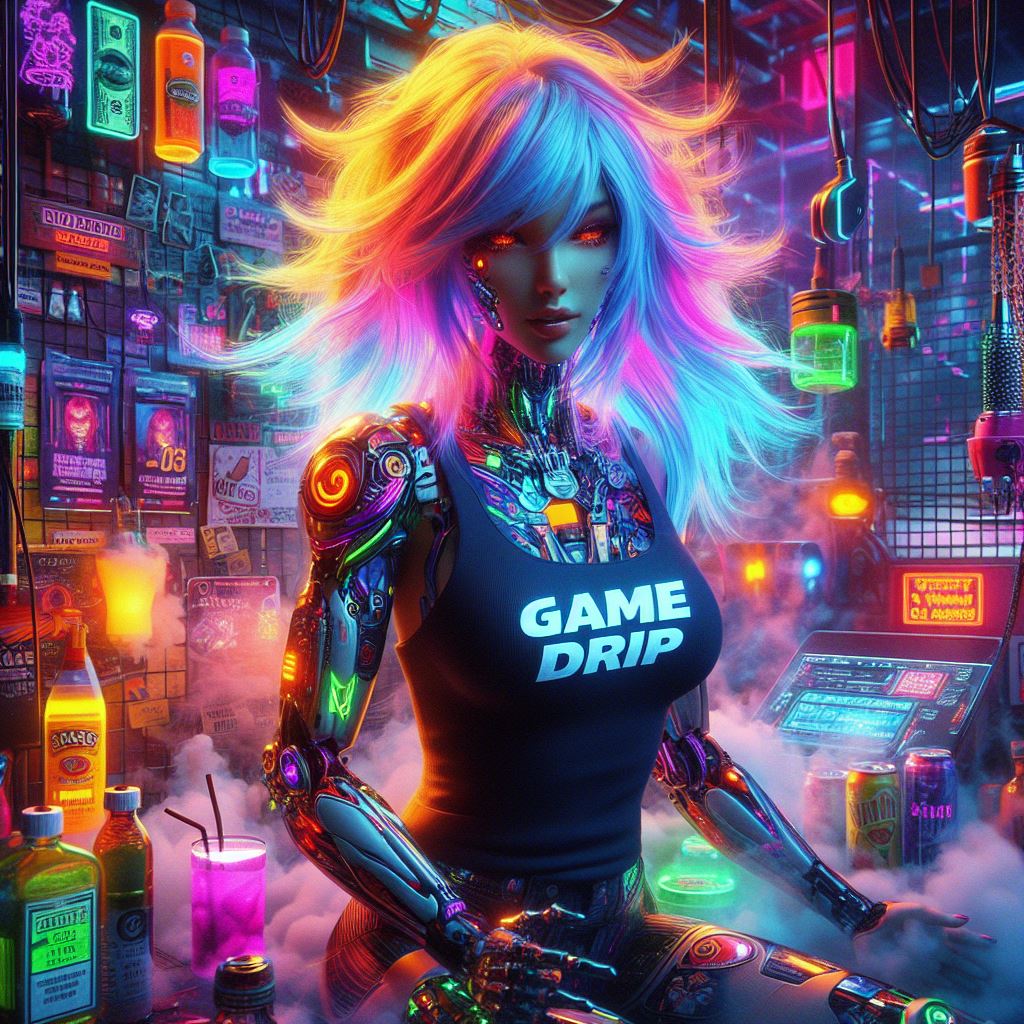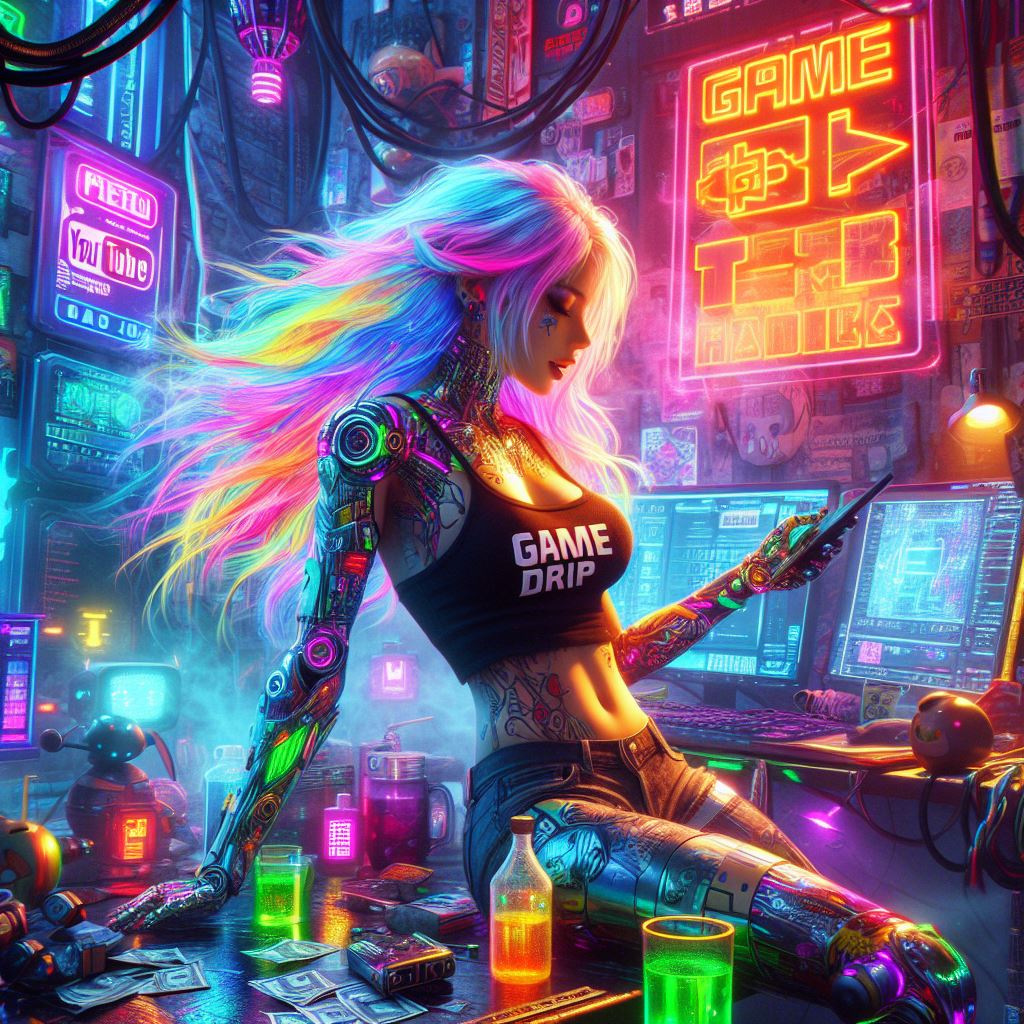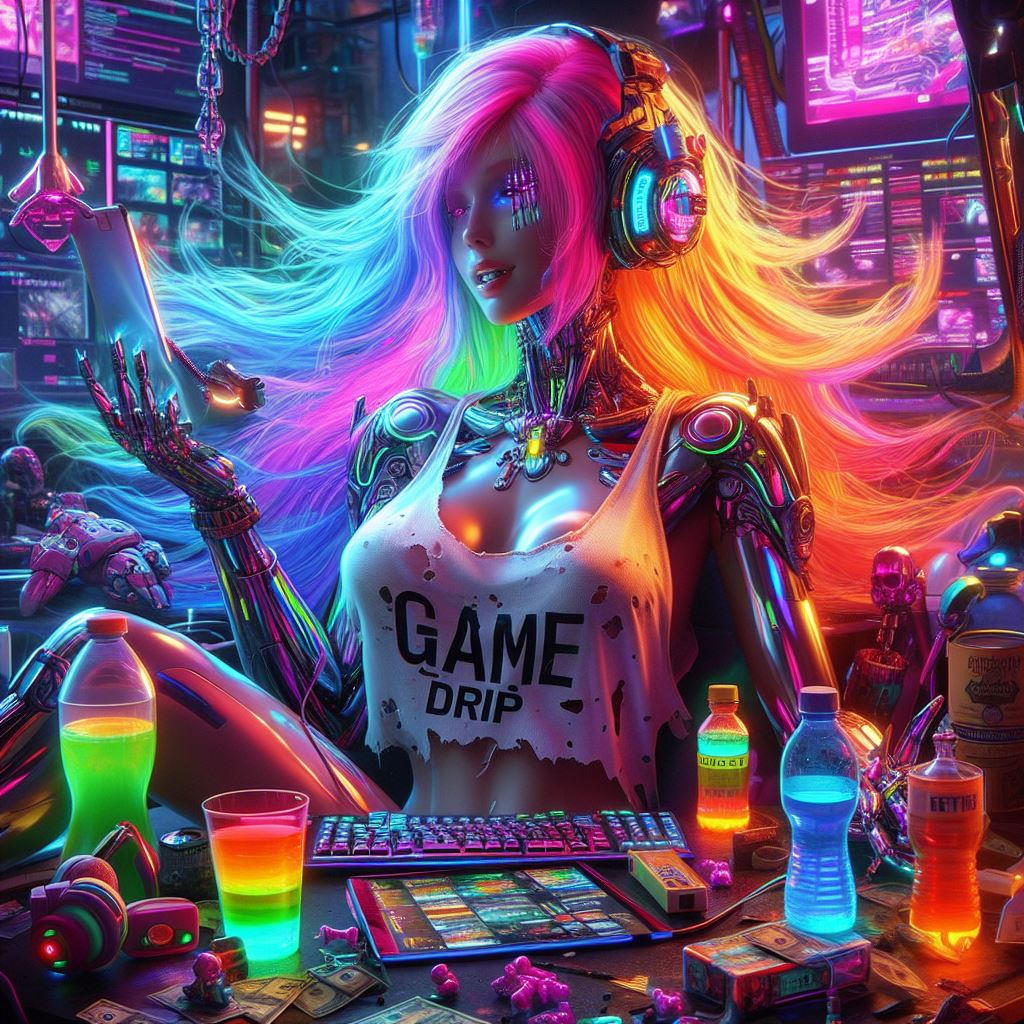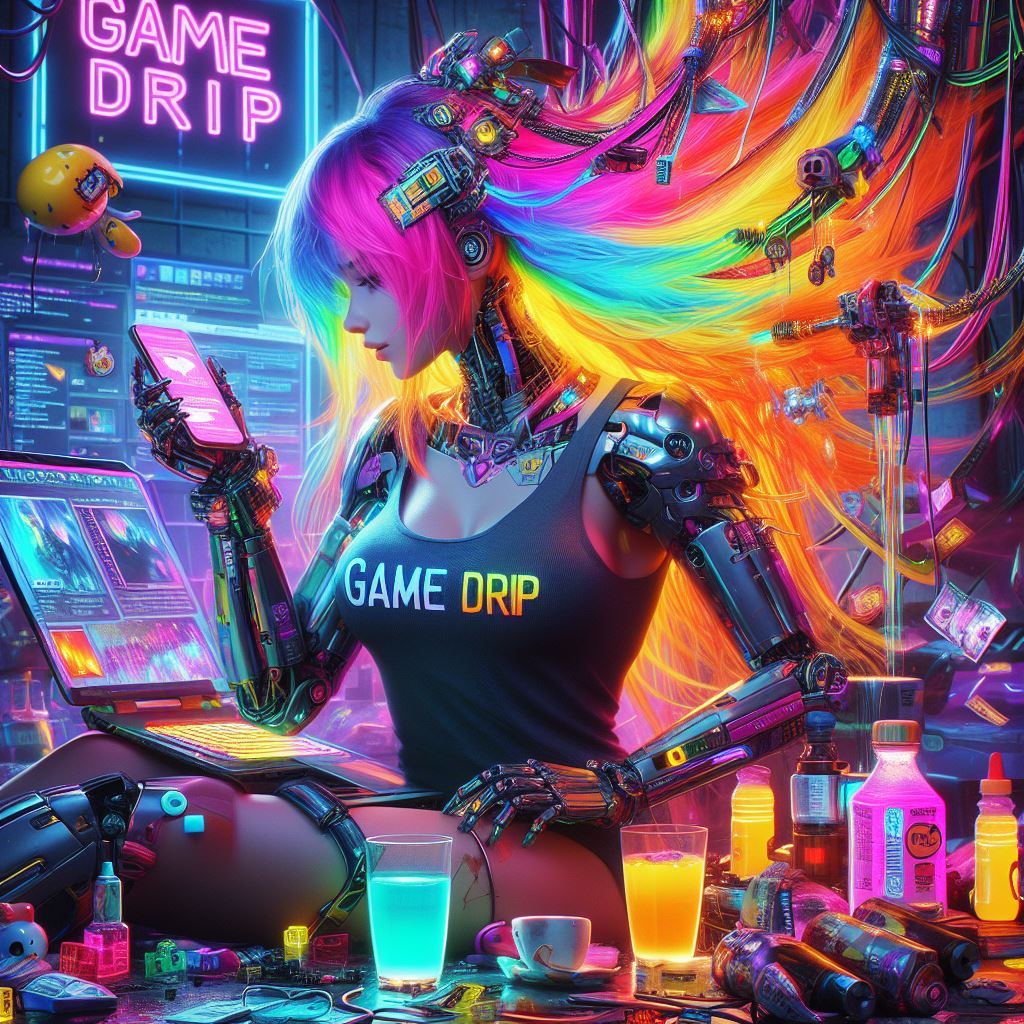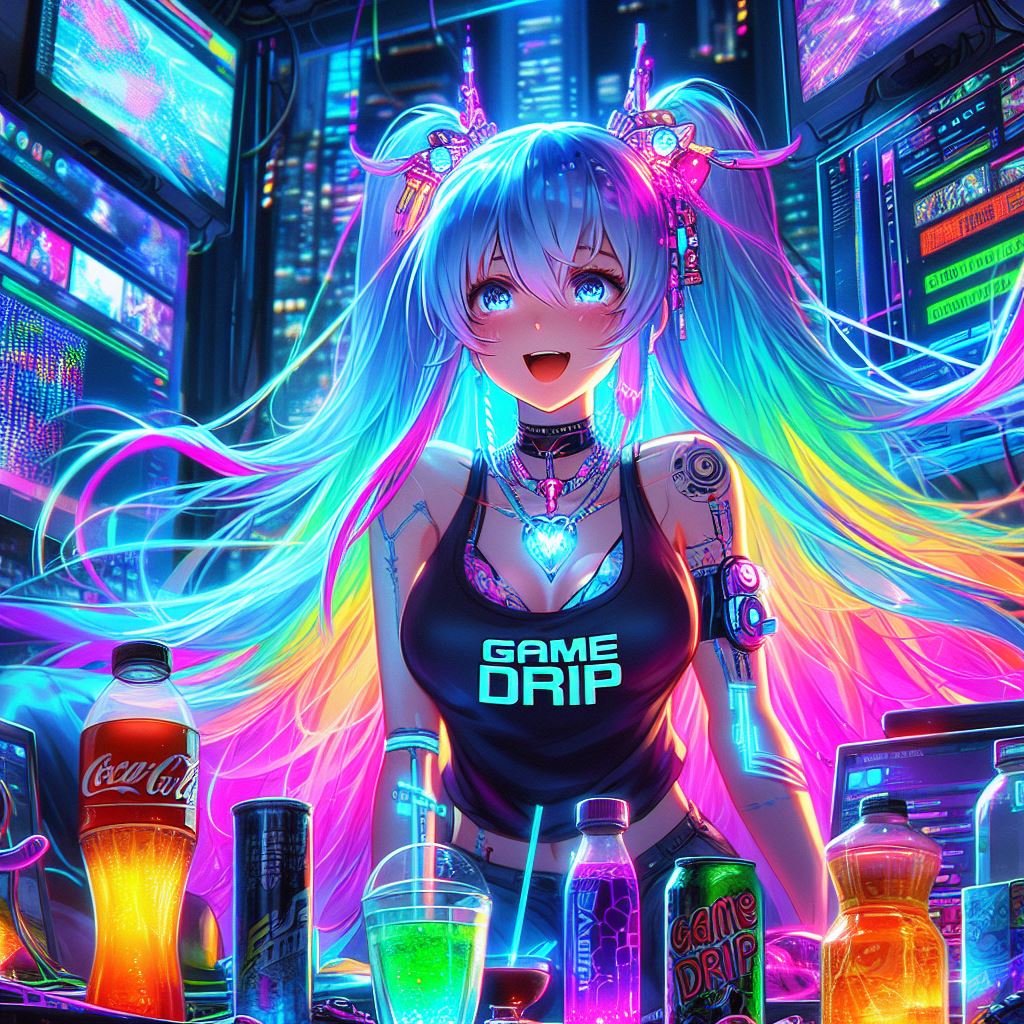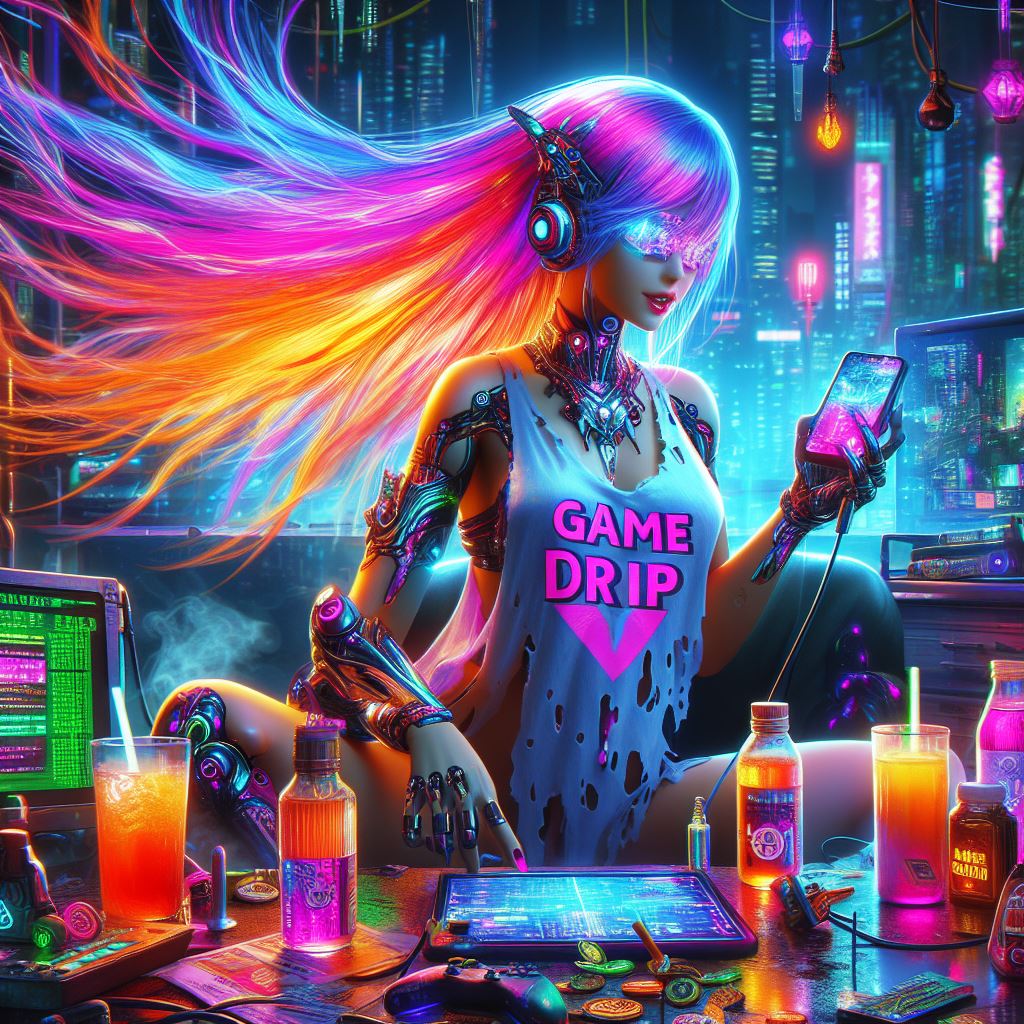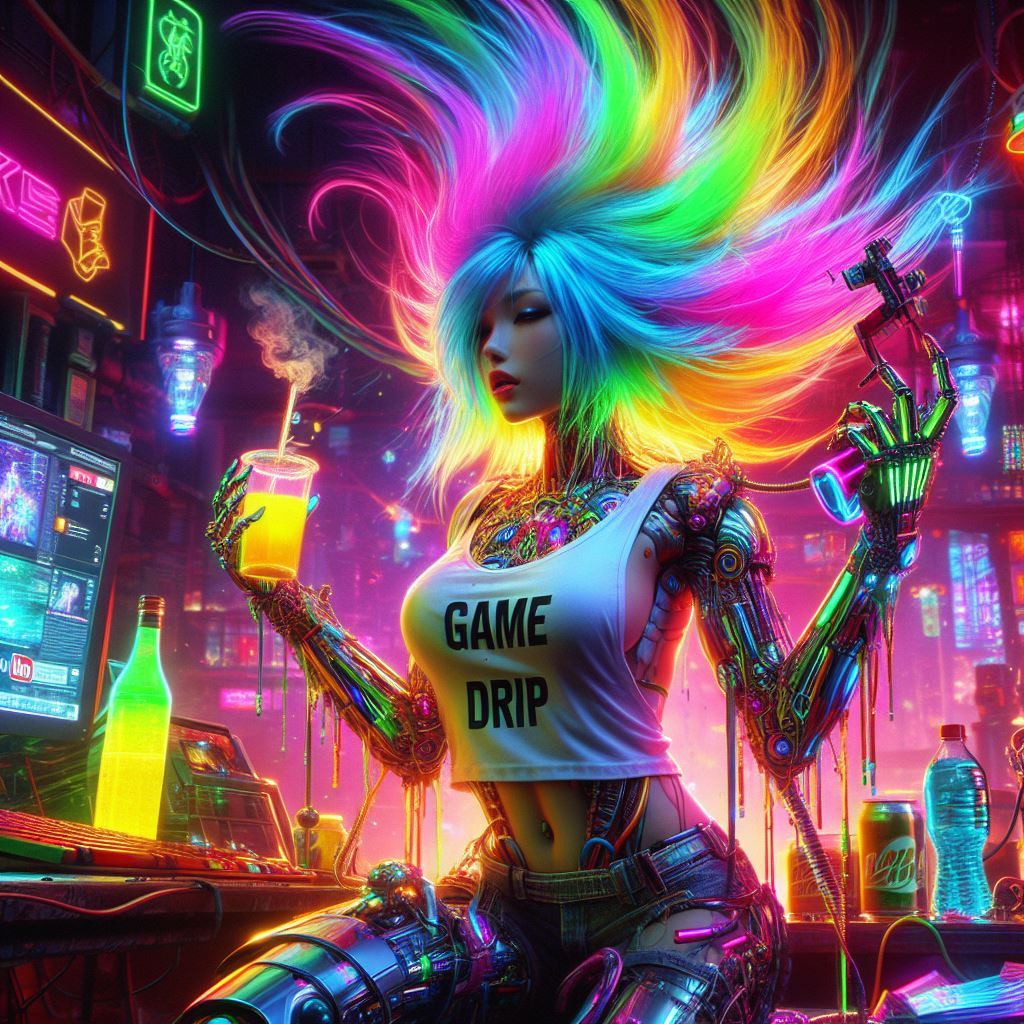Google’s Imagen 2: A Game-Changer in AI Art
Google and DeepMind have recently released their most advanced text-to-image technology, Imagen 2, and the results are stunning. This new AI technology promises photo-realistic, vivid, and accurate images. Let’s take a closer look at the capabilities, how it can be used, and what it means for Google.
What Imagen 2 Can Do
Imagen 2 utilizes text-tage diffusion technology to create lifelike, photo-realistic images. It is available for use in Bard search generative experience (SGE) and is also a part of Google Labs’ ImageFX experiment. Developers can access Imagen API in Google Cloud Vertex AI.
One impressive aspect of Imagen 2 is its ability to generate high-quality images based on detailed, complex prompts. It has improved image caption understanding and is adding further descriptions to image captions in its training set. The technology also excels at realistic image generation, including detailed hands, human faces, and minimizing visual artifacts. It incorporates specialized image aesthetics models based on human preferences for things like lighting, framing, exposure, and sharpness.
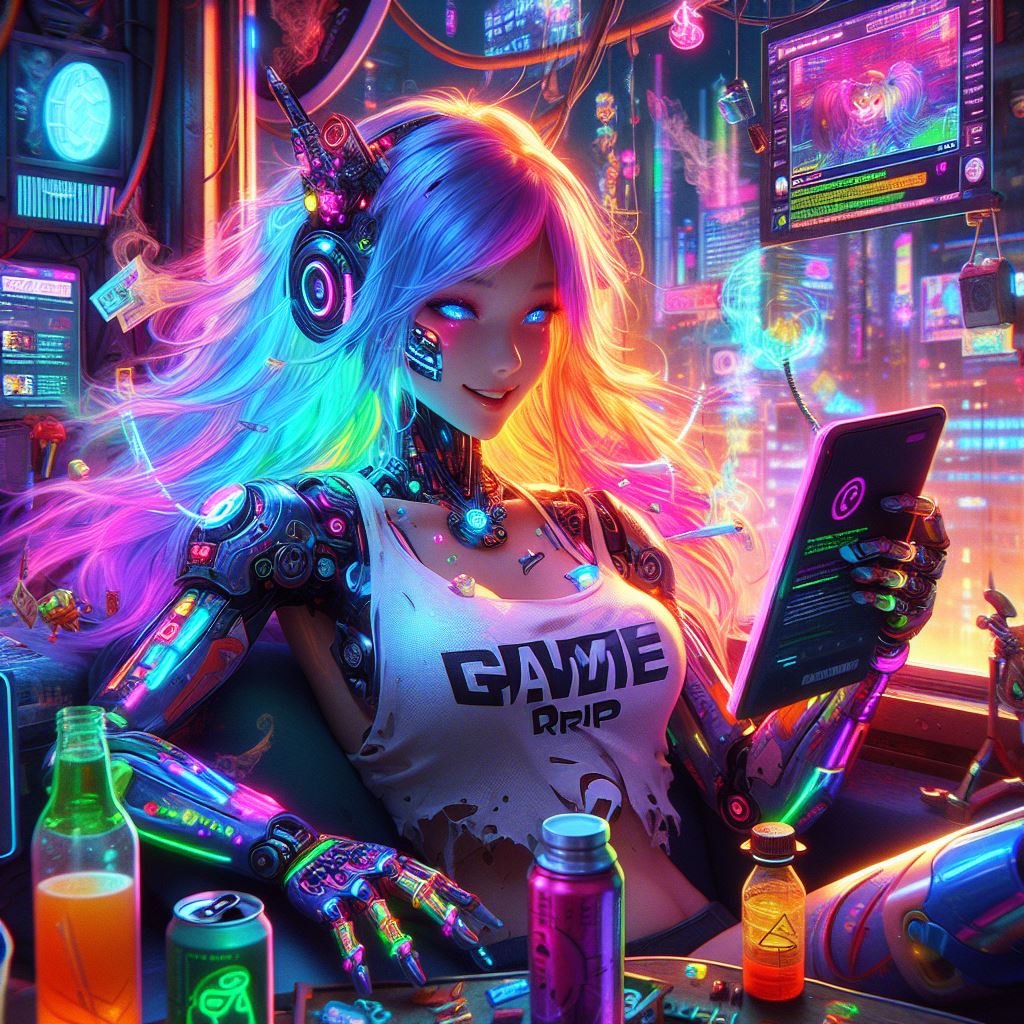
Fluid Style Conditioning
One notable feature is the fluid style conditioning, which offers a high degree of flexibility in controlling and adjusting the style of the image by providing reference style images. This makes it ideal for product creation and professional photography needs.
Advanced Inpainting and Outpainting
Users can generate new content directly into the original image through inpainting or extend the original image beyond its normal borders through outpainting. These features open up a world of creative possibilities in image creation and manipulation.
Testing Out Image Effects
This is ImageFX where users can experiment with music and text effects, 3D effects, and AI-generated art using prompts. The tool provides a variety of options for users to explore and create unique images in different styles and themes.
The Future of AI-Generated Art
Google’s Imagen 2 has shown itself to be a powerful and impressive tool for creating high-quality, photorealistic images from complex textual prompts. For enterprises and big companies, this technology is poised to become a game-changer in AI-generated art, and its potential applications are vast. With ongoing improvements and refinements, the future of AI-generated art looks promising, and we can expect to see an increasing presence of AI art across various platforms.
As Google continues to innovate in the field of AI, the potential for creative expression and visual storytelling through technology is truly exciting.
